A new federal program aimed at reducing wildfire risk has been plagued by delays—in a few cases, by over a year.
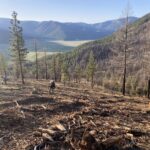
Sign up for our free weekly newsletter and understand everything better!
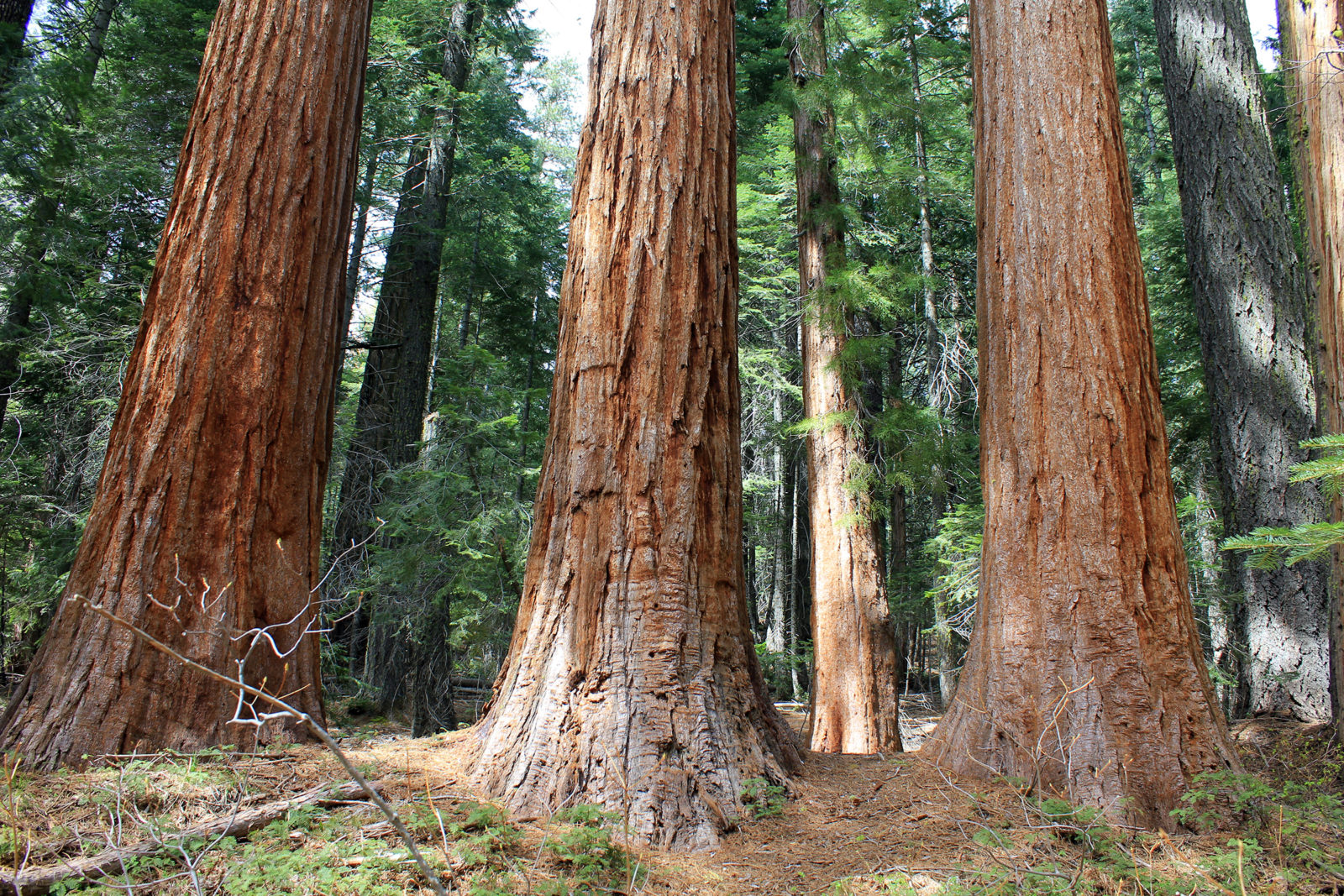

A new federal program aimed at reducing wildfire risk has been plagued by delays—in a few cases, by over a year.

The project, says artist Liz Harvey, “draws on the past to navigate toward an uncertain but yet hopeful future.”
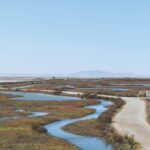
The East Bay Regional Park District is preparing its parks for climate change.

At the Estuary and Ocean Science Center, students are learning alongside scientists like Boyer how to save our shorelines.
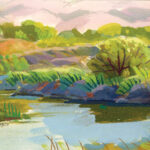
Dos Rios Ranch State Park, in the Central Valley, is a test of California’s ability to adapt to the future—and learn from the past.

With Bipartisan Infrastructure Law funding, the Bay’s wetlands are finally getting some precious muck. Why have we been dumping it offshore?

The city’s draft urban forest plan has drawn more than 800 comments—many clamoring for more native trees.
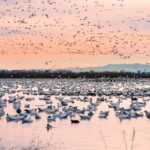
In mid-November 2021, a great storm begins brewing in the central Pacific Ocean north of Hawai‘i. Especially warm water, heated by the sun, steams off the sea surface and funnels into the sky. This article is from Hakai Magazine, an online … Read more
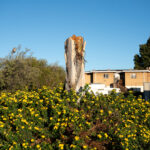
The money is meant to fix longstanding tree-cover gaps in disadvantaged neighborhoods—but it’s a fraction of what’s needed.
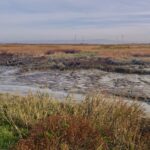
A dozen such projects have sprouted, offering habitat-friendly flood protection. Getting permission for them is a challenge.